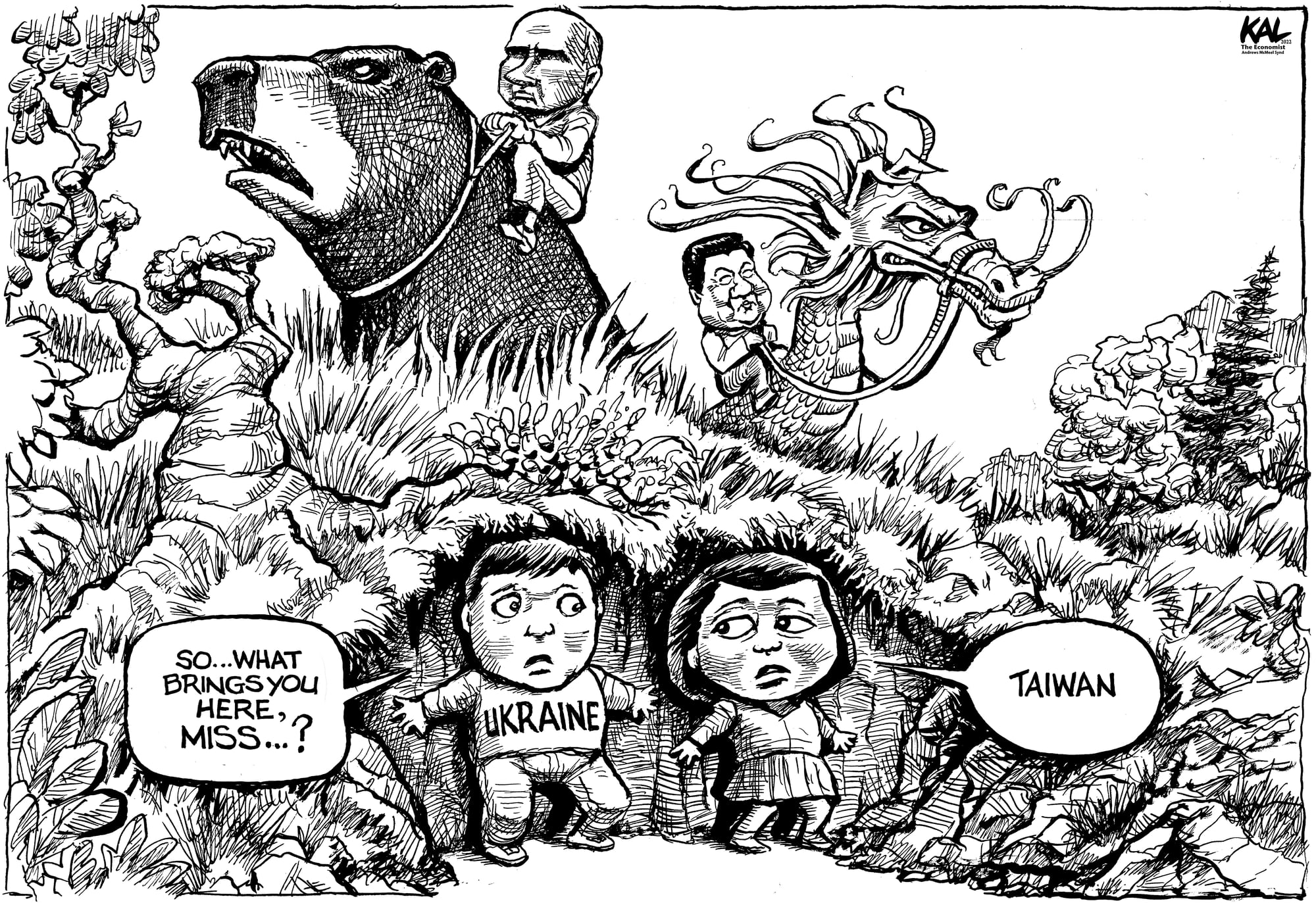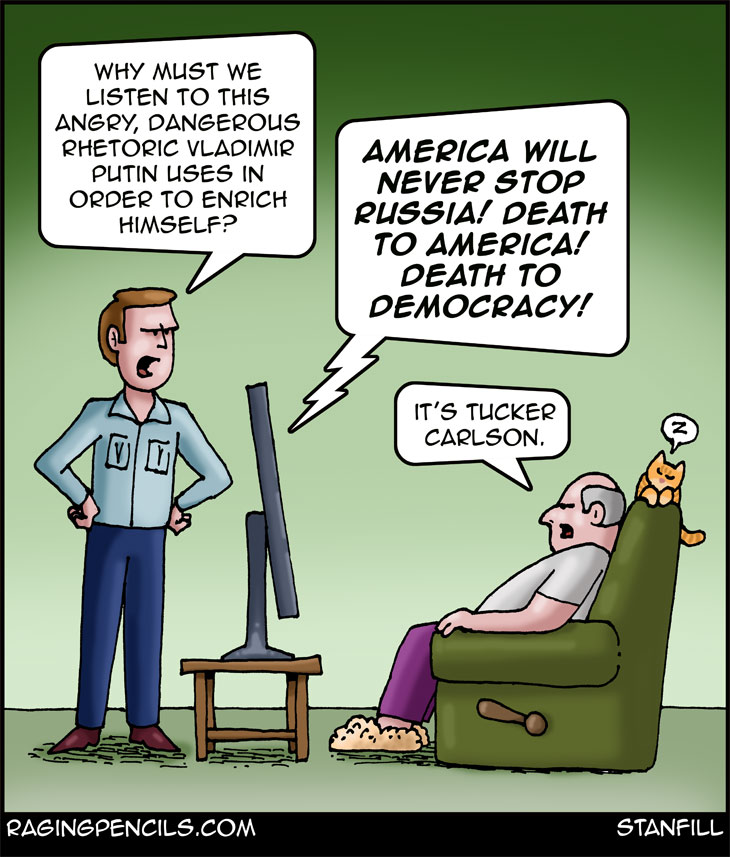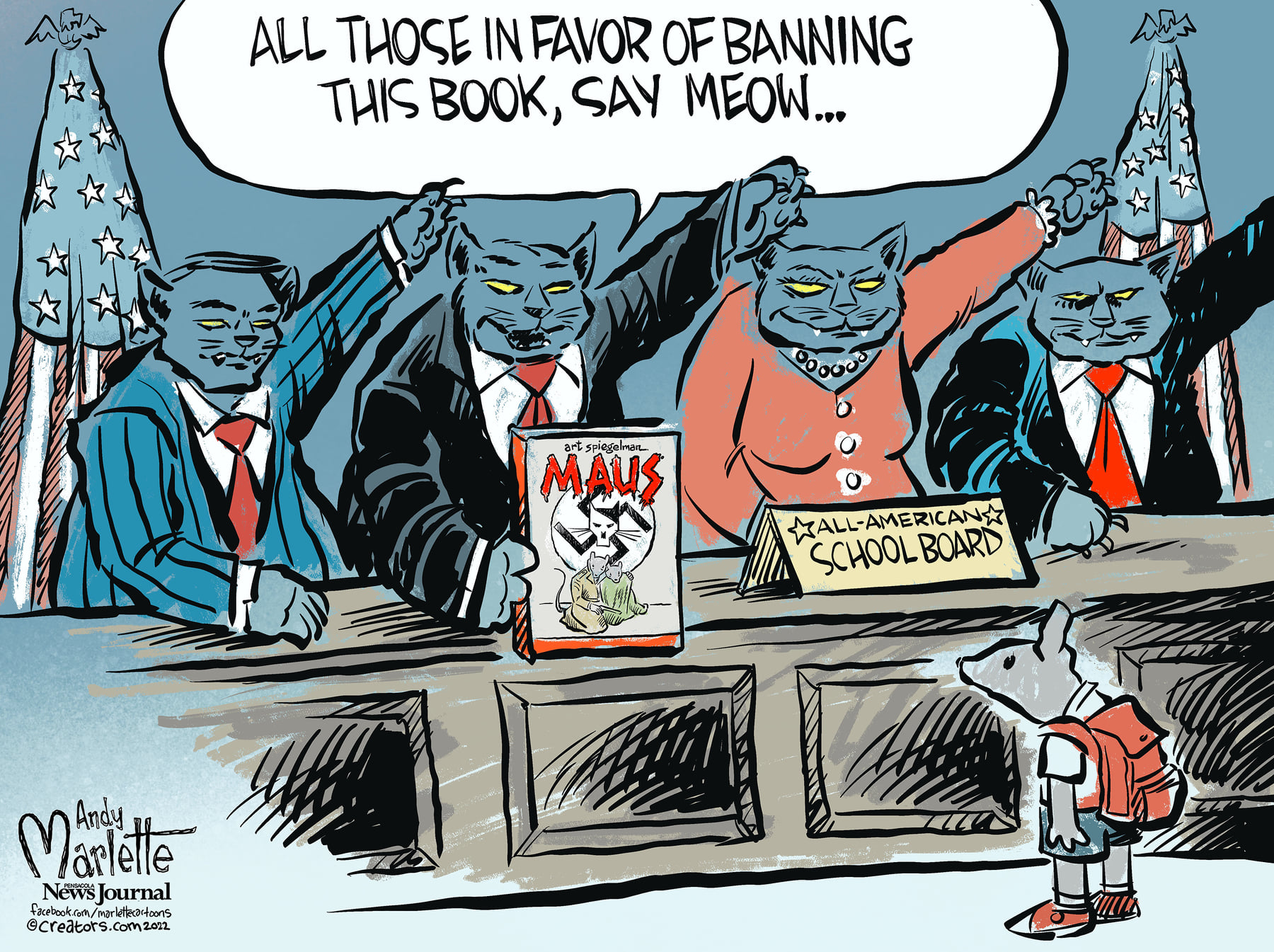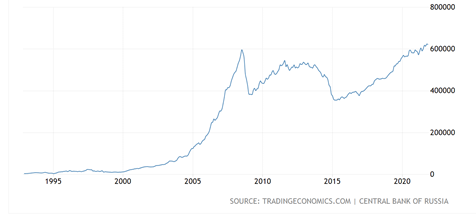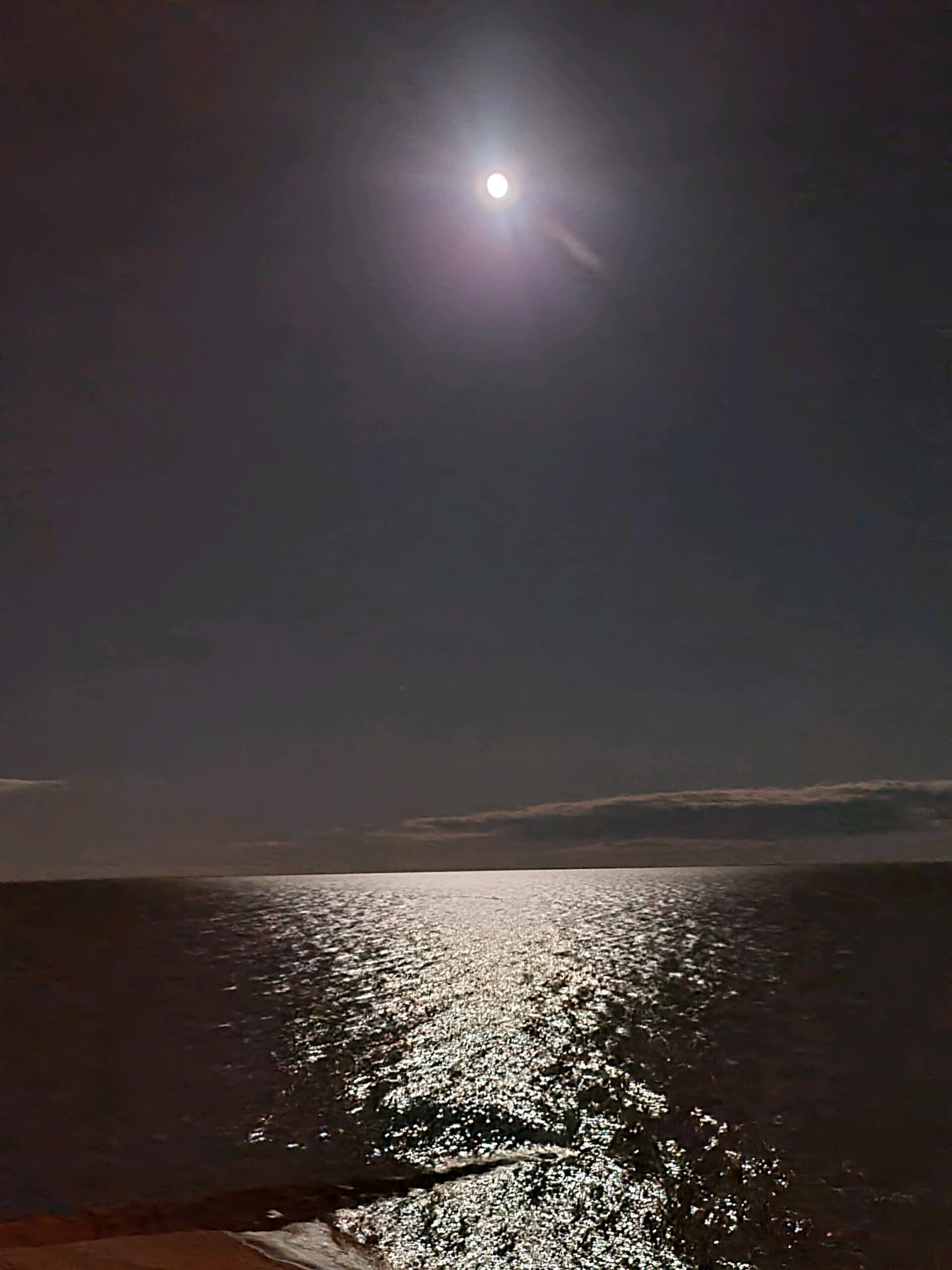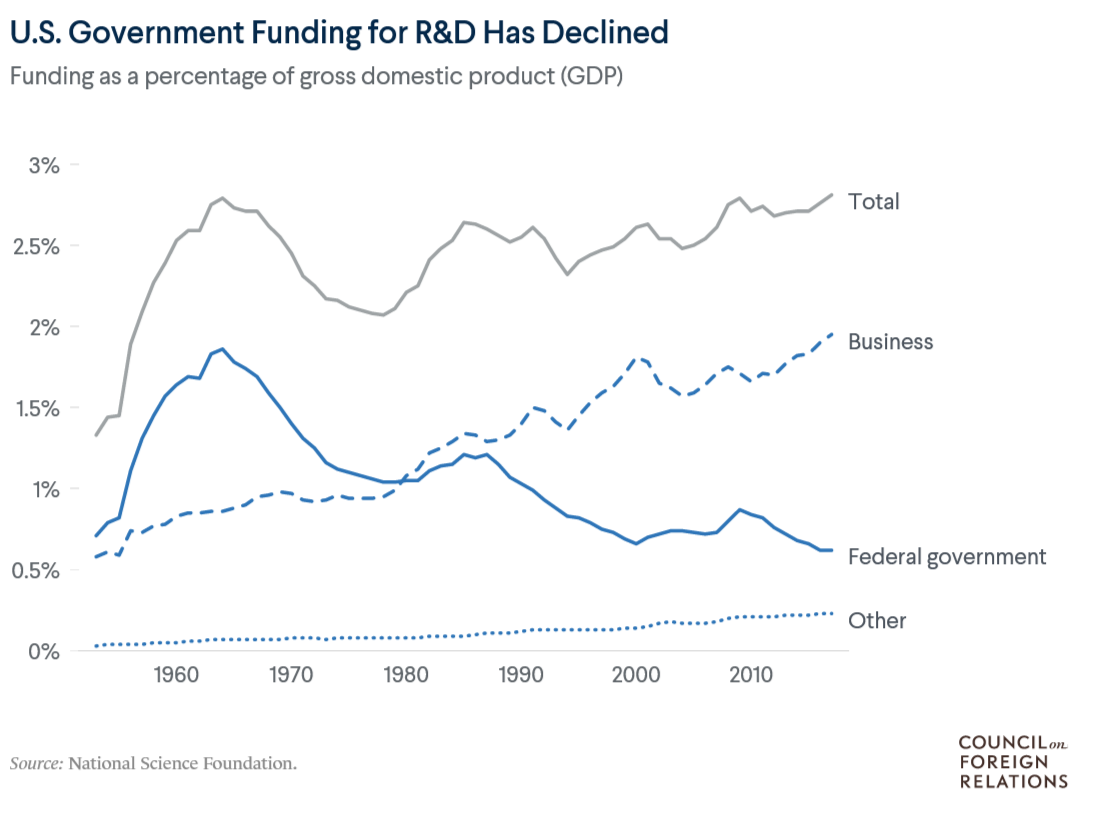The Daily Escape:

Snow on the Fields of Wrong, March 10, 2022 Sand on the beaches of Florida, March 2022
(This is the last column for the week. New content next week will be light and variable as Wrongo and Ms. Right make our annual pilgrimage to Florida to visit Wrongo’s sisters.)
Subsequent to the meeting between Putin and Xi Jinping in Beijing at the start of the Winter Olympics, the Chinese government’s statements and actions about Putin’s War in Ukraine have been a kind of doublespeak.
With its public statements, China’s been supportive. The foreign minister has referred to Russia as its “most important strategic partner.” China hasn’t endorsed Russian sanctions and its state media seems to repeat a lot of Russian disinformation about Ukraine.
On the actions side, the Chinese government has called for an end to violence and has promised to send humanitarian aid to Ukraine.
One thing that hasn’t been public is Chinese financial institution’s hesitancy about new deals with Russia. Chief Investment Officer magazine (CIO) quotes Yuan Jiang, a Chinese PhD candidate at Queensland University who specializes in Russia-China relations:
“Currently, the risk is simply too huge…”
Jiang said that traditionally, only state-funded institutions or large corporations would transact or directly invest in Russia, but even these institutions were wary of Russia:
“Russian markets are full of political corruption and other dangers…”
China’s financial sector has been leery of being caught up in the Western sanctions. Two major Chinese state-owned banks are now restricted from financing Russian commodities, according to Bloomberg. Reuters reports that the Bank of China in Singapore stopped financing Russian oil trades.
CIO also reports that some banks with partial Chinese state ownership have also been backing out of Russian deals. The Asian Infrastructure Investment Bank, which has many Asian governments as shareholders, suspended its business in both Russia and Belarus after the invasion. Similarly, the Shanghai-based New Development Bank, which has China as one of its founding members, also has terminated its business with Russia.
Now Russia is barred from participating in SWIFT, the global financial messaging system. In the past, China’s large banks have complied with American sanctions against Iran and North Korea because of the importance of clearing via SWIFT. The Chinese distancing from Russian transactions makes it clear that Beijing intends to continue complying with this Western sanction.
The Russians are looking to China as a lifeline in the midst of the sanctions. And the Chinese government is providing some help. China’s UnionPay card service will serve as an alternative for credit and debit card holders now that MasterCard and Visa have ended the ability of Russian citizens to use their cards abroad. UnionPay is accepted in 180 countries.
But China is shying away from a full rescue. Former US Treasury official Peter Piatetsky said in an interview with RadioFreeEurope:
“China can essentially do one thing here, which is to buy more Russian goods, but they don’t seem to be willing to do that….Russia doesn’t have that many different goods that China is willing to buy….The relationship between Russia and China is very transactional….They both dislike the US and dislike the US-led world order, but aside from that, I don’t think there’s much there.”
China could buy up Russia’s oil that’s no longer going to Europe if it wanted, but it doesn’t appear to be doing so, at least not yet. According to Jiang, ultimately the US has much more to offer China economically:
“Investing in the West is much simpler and more secure. No more unnecessary economic risk, not many political factors, and more transparent…”
And importantly, the US is China’s largest trading partner. The US buys 16.75% of all Chinese exports, creating a relationship that the Chinese government can’t afford to lose. Although ideological differences might dominate headlines, the US-China relationship is strategic for both.
It’s likely China will continue to keep Russia close and expand the relationship should relations with the West shift. And since the stated US strategy is to use Ukraine to destabilize Putin’s hold on power, China worries that it’s next.
Jiang says that Beijing is particularly afraid of “color revolutions,” a phenomenon in which popular uprisings result in regime change:
“Moscow and Beijing share almost indistinguishable views on the potential domestic and international security threats posed by color revolutions, and both nations view these revolutionary movements as being orchestrated by the US and its Western democratic partners to advance geopolitical ambitions.”
Despite the havoc that Western sanctions have brought on the financial system, China’s strong economic relationship with the West will help it keep Russia at arm’s length. If anything, the Ukraine war has shown just how much China relies on the West for its economic prosperity.
China and the US are particularly intertwined financially, and despite ideological differences, China will continue to prioritize its economic relationship with the US.



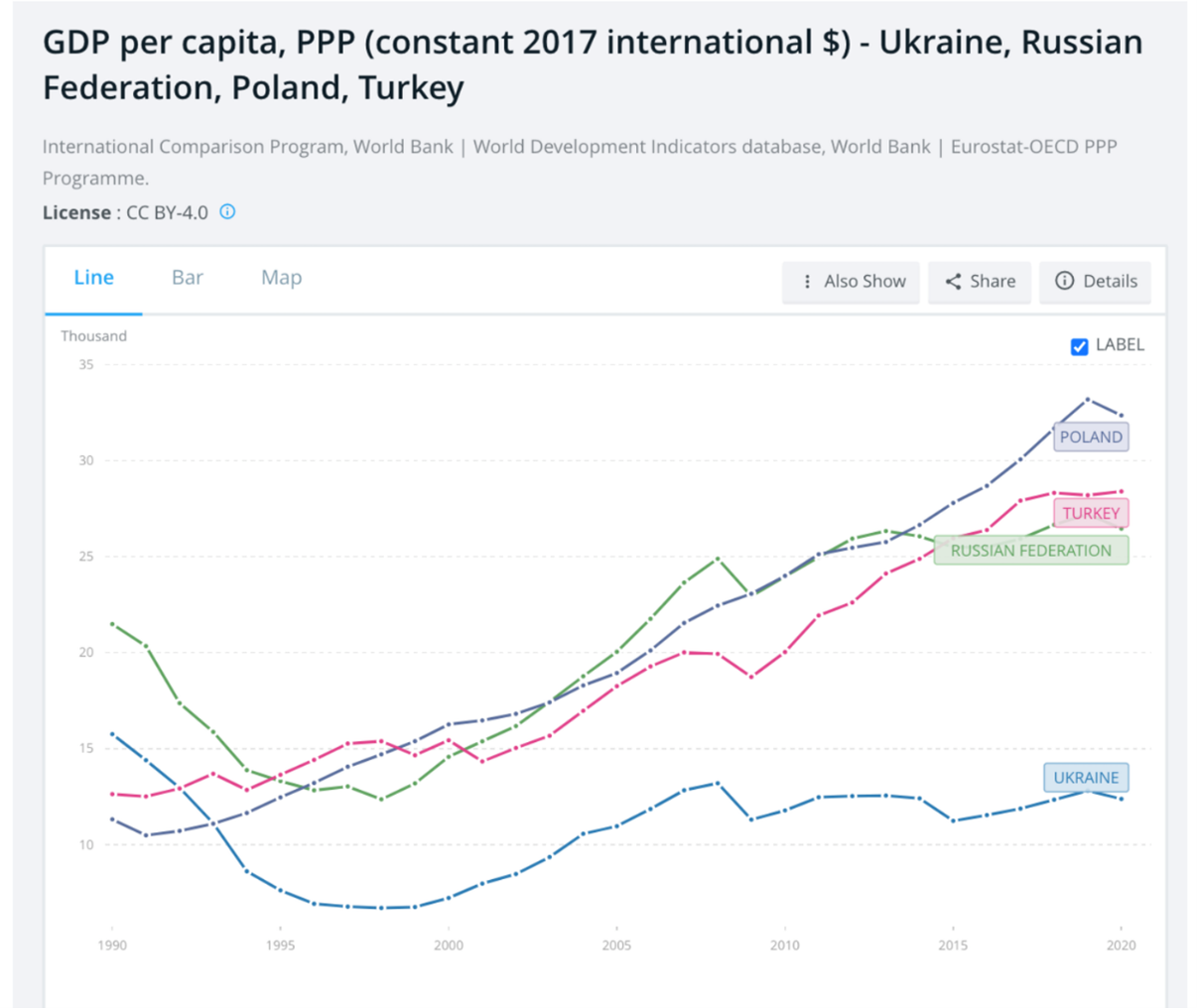
 Winter in the Palouse, near the town of Oakesdale, WA – January 2022 photo by
Winter in the Palouse, near the town of Oakesdale, WA – January 2022 photo by 